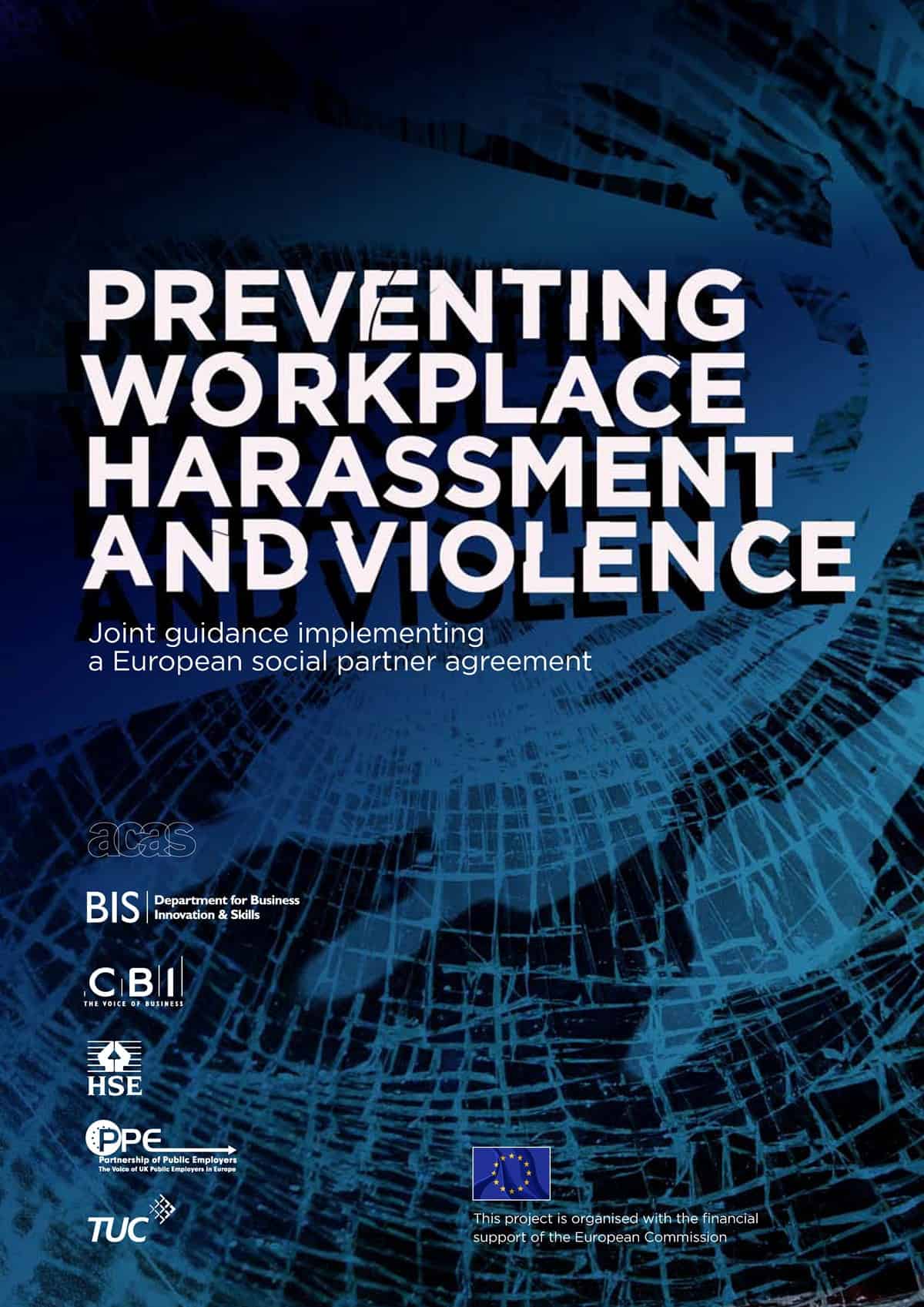 Risk assessments are crucial for operating a safety management system built on consultation with employees and relevant experts. This should be borne in mind over the next few days while the Australian Environment Minister, Peter Garrett, continues to be grilled over what he knew about the risks associated with the government’s insulation scheme and when he knew.
Risk assessments are crucial for operating a safety management system built on consultation with employees and relevant experts. This should be borne in mind over the next few days while the Australian Environment Minister, Peter Garrett, continues to be grilled over what he knew about the risks associated with the government’s insulation scheme and when he knew.
In terms of workplace safety, the Minter Ellison report says little of direct relevance. Continue reading “Risk assessment report – insulation”


